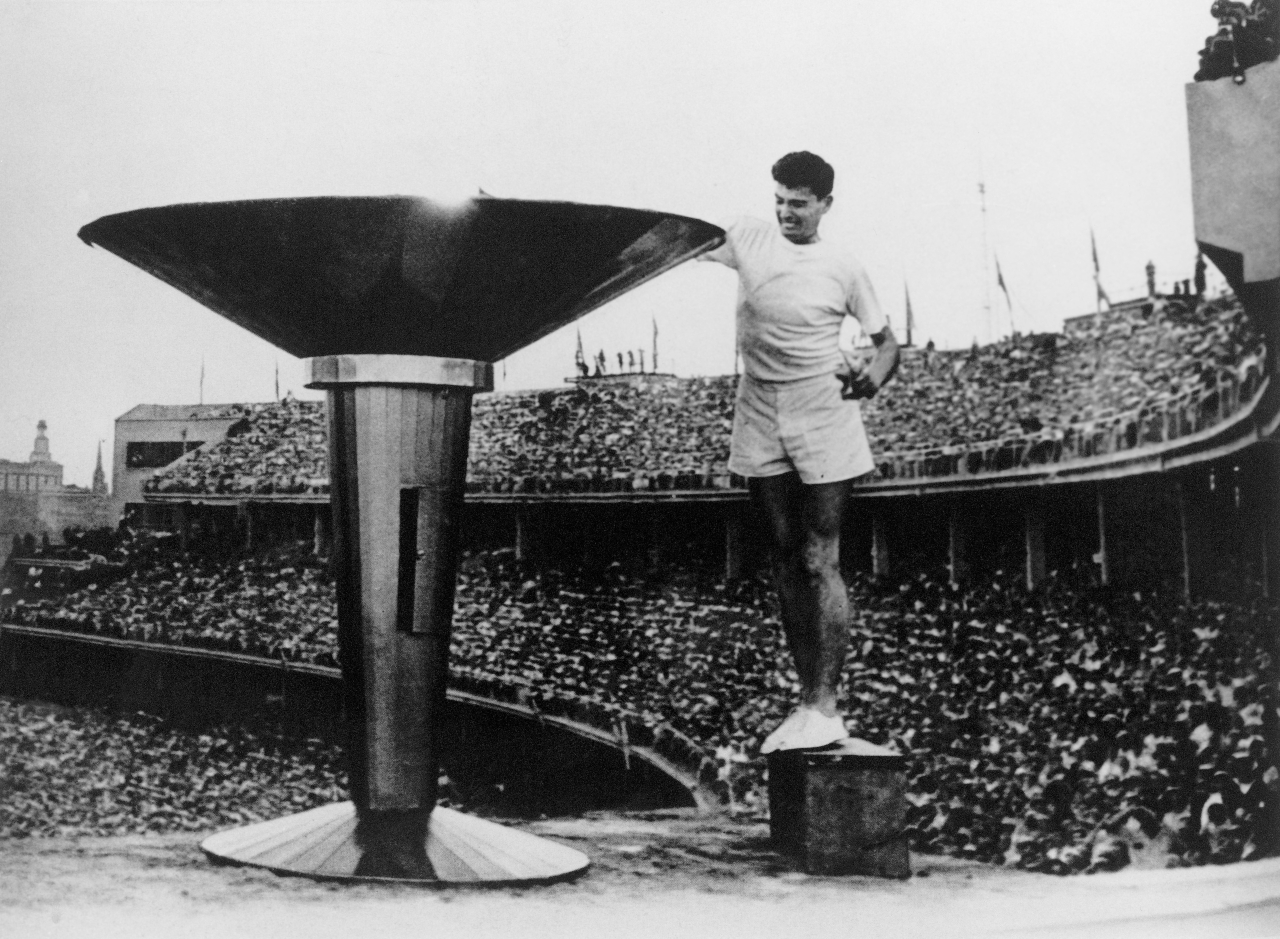As we celebrate a century of Socceroos memories in the lead-up to September's series against New Zealand, each week we'll be looking back at a major tournament the team have played in over the years.
We'll be working back in time, covering 11 tournaments that are all significant parts of our story: the 2018 FIFA World Cup, 2015 AFC Asian Cup, 2014 FIFA World Cup, 2010 FIFA World Cup, 2006 FIFA World Cup, 1997 Confederations Cup, 1992 Olympics, 1988 Gold Cup, 1974 FIFA World Cup, 1967 Friendly Nations Tournament and the 1956 Olympics.
Our 11th and final piece looks at the 1956 Olympics campaign in Melbourne.
Read on to re-live the tournament in detail, and keep an eye on the Socceroos' social media channels for more special content, and a chance to share your memories of these matches.

Because of the Hungarian Revolution and the Soviet Union's reaction to it, only 11 countries participated in the Melbourne Summer Olympics in 1965, making it the smallest football competition since the 1908 & 1912 Summer Games.
While Australia played their first home game in 1923, and played a range of Tests and friendlies against the likes of NZ, Canada, South Africa and India, the 1956 Summer Olympics was the team's first venture into international competition.
Our qualifcation
Australia's men's football team first competed at the Melbourne 1956 Olympic Games, qualifying as hosts.
Our coach
The coach for the 1956 tournament was Len Young.
A player with West Ham, Reading and Brighton in England, Young subsequently coached Moreland, South Melbourne and Box Hill.
Our squad
Australia was forced to go into the tournament without a number of its 'professional' players including defender Joe Marston and midfielders Tom Jack and Cliff Almond.
Marston and Almond had just returned from playing professional football in the United Kingdom and in the eyes of the then amateur Olympic movement, both players were not considered to be amateurs.
Tom Jack was also considered professional having played league football in Scotland with Dunfermline. Australia's preparation was less than ideal although they surprised many with a spirited display in the first round match in front of a disappointing crowd.
Players: Ron Lord, Bob Bignall (c), John Pettigrew, George Arthur, Alwyn Warren, Cliff Sander, Bruce Morrow, Frank Loughran, Jack Lennard, Graham McMillan, Ted Smith.
Our location
The 1956 Summer Olympics, officially known as the Games of the XVI Olympiad, was an international multi-sport event held in Melbourne from 22 November to 8 December 1956.
Australia played both of their games at Olympic Park.

Our opponents
In a pure knockout format, Australia faced Japan in the first round before playing India in the Quarter Final.
Our results
So to the tournament itself.
Australia won their first round match against Japan 2-0 at Olympic Park with Graham McMillan and Frank Loughran scoring the first goals. Australia scored in the 26th minute when McMillan netted from a penalty awarded for a hand ball. Australia had had the ball in the net earlier, but referee ruled that two players were offside.
Australia began to tire in the second half and it seemed like Japan were going to get ontop but Loughrannetted a second goal to give Australia a 2-0 victory.
Australia's played its second match in front of a crowd of 12,000 at Olympic Park against India.
Unfortuantly the team was eliminated by India in the last eight after a 4-2 loss. Bruce Morrow scored a double but it was not enough to defeat a buoyant Indian side at Olympic Park.
India would go on to finish fourth in the tournament with the Soviet Union claiming the gold medal while Yugoslavia finished second and Bulgaria took out third.
